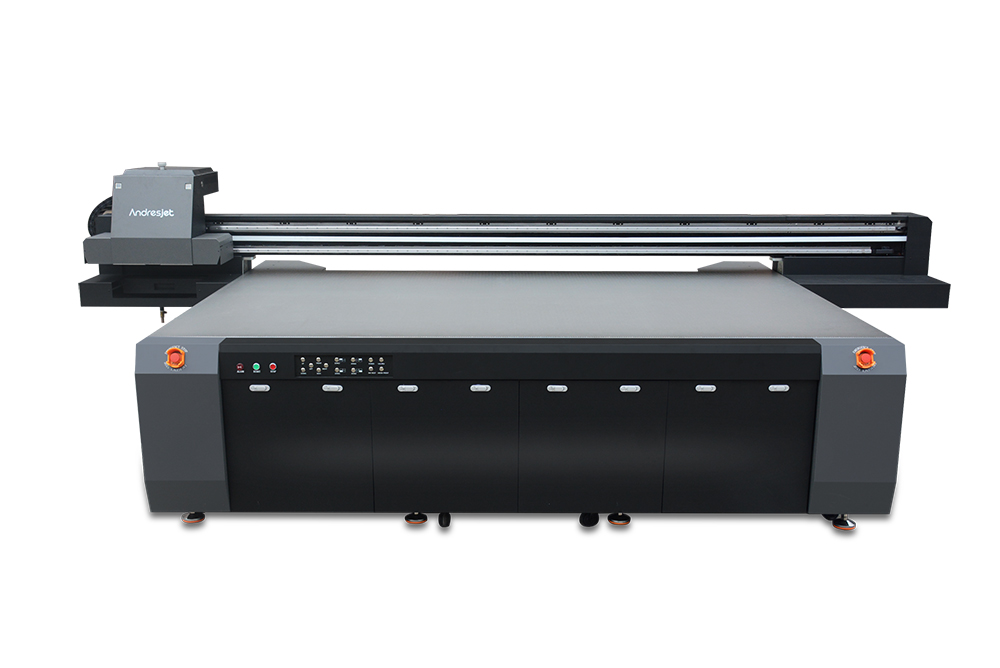How to Ensure Optimal Performance of Your UV Flatbed Printer?
How to Ensure Optimal Performance of Your UV Flatbed Printer?
UV flatbed printers have revolutionized the printing industry, offering high-quality prints on various materials with exceptional speed and precision. These printers utilize UV-curable inks that dry instantly when exposed to ultraviolet light, enabling them to produce durable and vibrant prints. To ensure optimal performance and longevity of your UV flatbed printer, it is crucial to follow a comprehensive maintenance and operational strategy. This article outlines key steps to help you maintain and optimize the performance of your UV flatbed printer.

1. Understanding Your Printer’s Specifications
Before diving into maintenance practices, it is essential to familiarize yourself with your printer’s technical specifications, including its print resolution, print speed, ink types, and compatible materials. This knowledge will help you understand the printer’s capabilities and limitations, allowing you to make informed decisions regarding print jobs and ink usage.
2. Regular Cleaning and Maintenance
Regular cleaning is vital to prevent ink buildup, dust accumulation, and other debris that can affect print quality and printer performance. Here are some essential cleaning tasks:
Clean the Print Bed: Use a lint-free cloth or a vacuum cleaner to remove any dust or debris from the print bed. This ensures that the material adheres properly during printing.
Wipe Down the Print Head: Gently clean the print head with a damp cloth or a specialized cleaning solution to remove any ink residue. Be cautious not to touch the nozzles directly to avoid damage.
Maintain the Ink System: Check the ink levels regularly and replace ink cartridges promptly to avoid running the printer dry, which can damage the print head. Also, clean the ink lines and filters periodically to prevent clogged nozzles.
3. Calibration and Alignment
Proper calibration and alignment are crucial for achieving consistent print quality. Perform the following tasks regularly:
Print Head Alignment: Use the printer’s built-in alignment tools to ensure the print head nozzles are correctly positioned. Misalignment can result in banding, blurred images, or incorrect colors.
Color Calibration: Perform color calibration tests to maintain accurate color reproduction. Use a color calibration chart and software to adjust the printer settings accordingly.
4. Temperature and Humidity Control
UV flatbed printers are sensitive to environmental conditions. Excessive heat, humidity, or dust can negatively impact print quality and printer lifespan. Consider the following:
Maintain Optimal Temperature: Keep the printer room temperature within the manufacturer’s recommended range, typically between 20°C and 25°C (68°F and 77°F).
Control Humidity: Use a dehumidifier or humidifier to maintain humidity levels between 40% and 60%. High humidity can cause ink to smear, while low humidity can lead to static electricity issues.
Dust Prevention: Keep the printer area clean and dust-free. Use air filters or dust covers to minimize dust accumulation on the printer.
5. Ink and Material Selection
Choosing the right ink and material is crucial for achieving optimal print results. Consider the following tips:
Use Compatible Inks: Always use inks recommended by the printer manufacturer to ensure compatibility and print quality. Third-party inks may cause print head damage or ink curing issues.
Test Materials: Conduct test prints on different materials to determine their compatibility with your printer and inks. This will help you understand which materials yield the best print results.
Ink Adhesion: Ensure that the ink adheres properly to the material. Some materials may require pretreatment or the use of specific inks to achieve optimal adhesion.
6. Software and Firmware Updates
Manufacturers often release software and firmware updates to improve printer performance, fix bugs, and introduce new features. Regularly check for updates and install them as recommended. This will ensure that your printer operates with the latest optimizations and improvements.
7. Operator Training
Proper operator training is essential for maximizing printer performance and minimizing errors. Train your staff on:
Printer Operation: Ensure operators understand how to load materials, adjust print settings, and perform basic maintenance tasks.
Ink Handling: Train operators on safe ink handling practices, including proper storage, ink replacement, and waste disposal.
Troubleshooting: Provide operators with a troubleshooting guide to help them identify and resolve common printer issues quickly.
8. Monitoring and Analytics
Utilize printer monitoring and analytics tools to track printer performance, ink usage, and maintenance schedules. This data can help you identify trends, optimize print jobs, and schedule maintenance tasks more efficiently.
9. Regular Maintenance Schedules
Establish a regular maintenance schedule to ensure all tasks are completed consistently. This schedule should include:
Daily cleaning tasks, such as wiping down the print bed and print head.
Weekly checks for ink levels and print quality.
Monthly calibration and alignment tests.
Quarterly or semi-annual deep cleaning and maintenance tasks, such as cleaning ink lines and filters.
Conclusion
Maintaining optimal performance of your UV flatbed printer requires a proactive approach to cleaning, calibration, ink and material selection, software updates, operator training, and regular maintenance. By following the strategies outlined in this article, you can ensure that your printer operates at its full potential, delivering high-quality prints consistently. Remember, proper maintenance not only enhances print quality but also extends the printer’s lifespan, ultimately saving you time and money in the long run.
